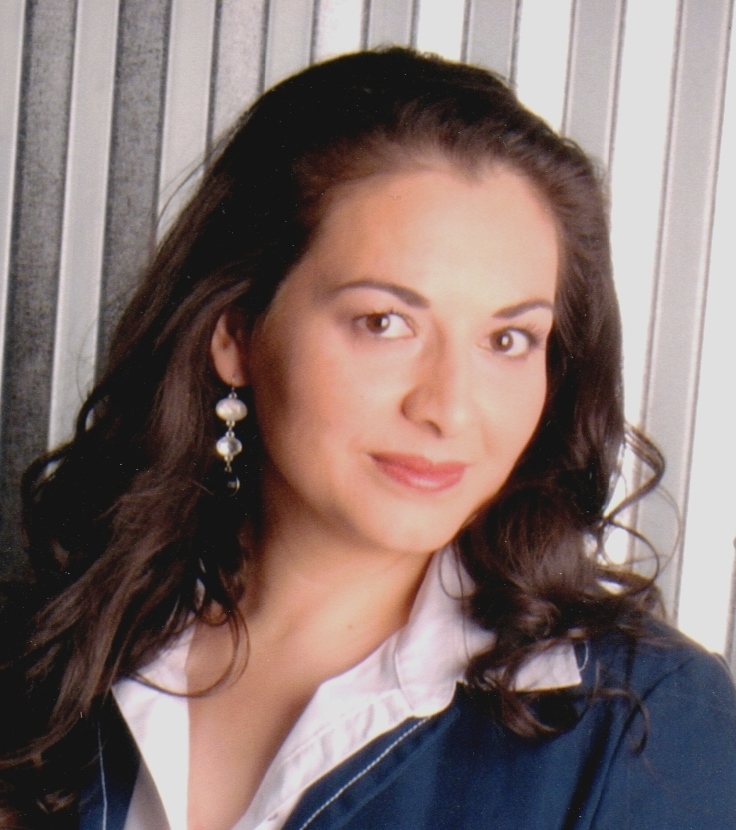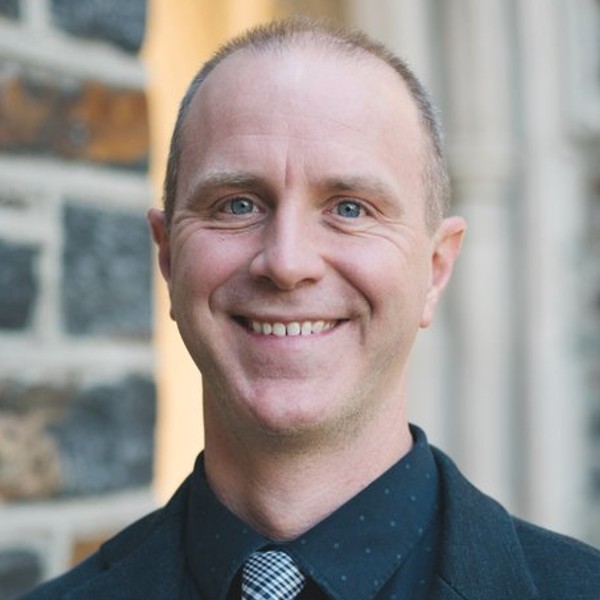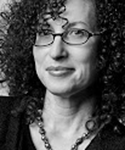Many people of color employed in predominantly white workplaces — even in Christian organizations — fear that they are perceived as someone who doesn’t really belong there.
Yet I believe that white Christian institutions can become places of safety for people of color. But first they need to engage in the challenging work of dismantling the system of oppression; otherwise they are likely to reflect existing cultural biases.
Institutions need to acknowledge the need for change, and an institution's flexibility will determine the extent of its commitment to achieving its goal of inclusivity. But leaders of those institutions who genuinely want to create a safe environment for people of color may stumble when it comes to making change. They may wonder: Where do we go from here?
It’s a fair question, especially in this time of backlash against diversity, equity and inclusion (DEI) efforts. I think an approach that encourages employees to share feedback and feel included is key to fostering psychological safety. This is important for all employees, not just employees of color. And incorporating a variety of perspectives helps leaders make the best decisions for their organizations; diversity of all kinds fosters organizational effectiveness and problem solving.
For me, a simple yet impactful starting point is the three-part process based on organizational development pioneer Kurt Lewin’s theory of change. Lewin developed his theories in the 1930s and ’40s, and his work emerged during a period of growth in industrial jobs and factories. Many people were working on assembly lines, making manufacturing a major source of employment for Americans.
Lewin’s approach to organizational change follows the unfreeze, change, freeze model, which also is referred to as “changing as three steps,” or CATS. Needed changes are identified in the unfreeze phase; they are implemented in the change phase; and the change is monitored in the freeze phase to see if it’s effective. This method is straightforward and continues until the organization achieves its desired state.
There are some drawbacks to Lewin’s theory. It has been criticized for being too simplistic; it depends on people buying into the change; and barriers to implementing change can be difficult to overcome. In addition, depending on the situation, training personnel can be costly and frustrating for employees.
While these criticisms are valid, I think the model still is worth trying because it provides a linear path forward and poses less risk of losing people along the way than other methods do. And while it can be applied to any organizational change, I think it’s particularly well-suited to the work of including people of color. (Lewin’s work predates DEI, of course, but in his wide-ranging career he was deeply concerned with social issues and cross-cultural understanding.)
I saw this process in action in my workplace at the Massachusetts Council of Churches during COVID-19. I was concerned about Black, brown and immigrant churches. Would they survive the pandemic?
At that time, many churches of color were closing, and some lacked the means to conduct online services. Several churches could not collect funds electronically and asked parishioners to send donations through the mail. Others sent lay leaders around town to pick up the funds.
In the staff meeting I asked, Do we believe that established, wealthy, white churches would find a spirit of generosity to give to minority-led churches?
According to Lewin’s theory, this was an unfreezing moment. We began to strategize about creating a fund that would allow us to provide microgrants to churches in need. The staff also suggested that churches could work with volunteer financial professionals to help congregations navigate the U.S. Small Business Administration’s Paycheck Protection Program (PPP). We came up with the name One Church Fund.
In the change phase, the fund was created and people started offering their services and donations. After people started using the platform to apply for microgrants, we were able to see the impact of the change.
Next came the freeze phase, during which we monitored and analyzed the process. Questions arose immediately. How many times can a church apply? How often will checks be distributed? How will we connect individuals with finance backgrounds to churches?
The Massachusetts Council of Churches repeated the change process, this time working with the board to get additional guidance.
I believe the same approach could also help white Christian spaces foster a spirit of generosity and love to repair harm done within their organizations. It still isn’t easy; it takes heart and strength to foster a model centered on love for humanity.
The freeze phase also offers opportunities to include people of color. For example, leaders may want to hold a monthly feedback session to gain insights into how the company can create an excellent work culture. They might establish a think tank to generate ideas for company growth or conduct individual feedback sessions focused on cultural IQ. As with our One Church Fund, the cycle continues until it operates effectively.
I think this leadership training, revamping and reorganizing is crucial to the work of Christ. Diversity is a strength, not a weakness, in leadership and among followers.
Leaders who are willing to embrace something different and new this season will be better able to adapt to an increasingly diverse workforce. Change is here. The question is, How will we confront it?



















